30. June, 2025delish0
Slitting and rewinding machine is a kind of precision equipment widely used in the processing of paper, film, metal foil and other materials, and its core function is to cut large rolls of materials into multiple narrow small rolls, and re-roll them into neat finished rolls. The key to achieving high-precision cutting and rewinding lies in the following technical principles and system design:
First, high-precision cutting system
1. Slitting knife configuration
◦ Round knife slitting: The disc knife made of cemented carbide or ceramic is used, and the blade pressure is controlled by air pressure or hydraulic system to ensure that the cutting edge is flat and burr-free.
◦ Razor slitting: Suitable for soft materials (such as films), the blade cuts into the material at an angle to reduce frictional heat and deformation.
◦ Laser/ultrasonic slitting: used for high-demand materials (such as carbon fiber, lithium battery separator), non-contact cutting to avoid material stress deformation.
2. Dynamic tool setting technology
◦ The tool holder is driven by a servo motor, and the edge position of the material is monitored in real time with a photoelectric sensor or CCD camera, and the blade spacing is automatically adjusted (the accuracy can reach ±0.1mm).
◦ Some high-end models are equipped with a "flying knife" system that adjusts the slitting width without stopping the machine.
3. Tension controlled cutting
◦ The material should be kept in constant tension during cutting to avoid uneven incisions caused by relaxation or overtightness.

Second, precision rewinding system
1. Take-up tension control
◦ Closed-loop tension control system (such as magnetic particle brake, servo motor + tension sensor) is used to automatically adjust the torque according to the change of the roll diameter to ensure that the inner and outer layers are tight.
◦ Taper tension setting: Gradually reduce the tension as the roll diameter increases to prevent the inner material from being deformed under compression.
2. Automatic Web Guiding Device (EPC)
◦ Detect material deviation through infrared or ultrasonic sensors, adjust the position of the guide roller in real time, and ensure the alignment of the edge of the coil (accuracy ±within 0.5mm).
3. Roller pressure adjustment
◦ Pneumatic or hydraulic pressure rollers gradually retreat with the increase of roll diameter, and maintain a constant pressure to avoid wrinkling or loosening of the material.
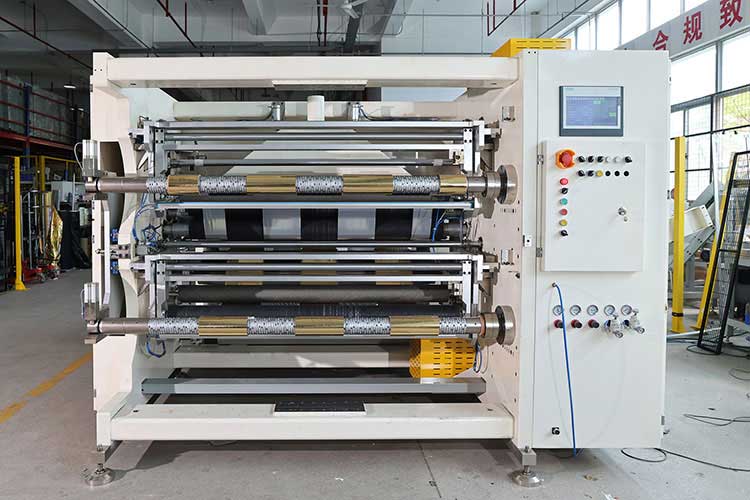
Third, core assistive technology
1. Multi-motor synchronous drive
◦ Unwinding, traction and winding are driven by independent servo motors, and the speed matching is controlled by PLC to reduce the tension fluctuation caused by speed difference.
2. Online quality monitoring
◦ Integrated defect detection system (e.g., CCD camera) to identify slitting defects (burrs, stripes, etc.) in real time and mark defective segments.
3. Intelligent control system
◦ PLC+HMI man-machine interface is adopted, and the slitting scheme (width, tension, speed and other parameters) is preset, and the functions of automatic roll change and labeling are supported.
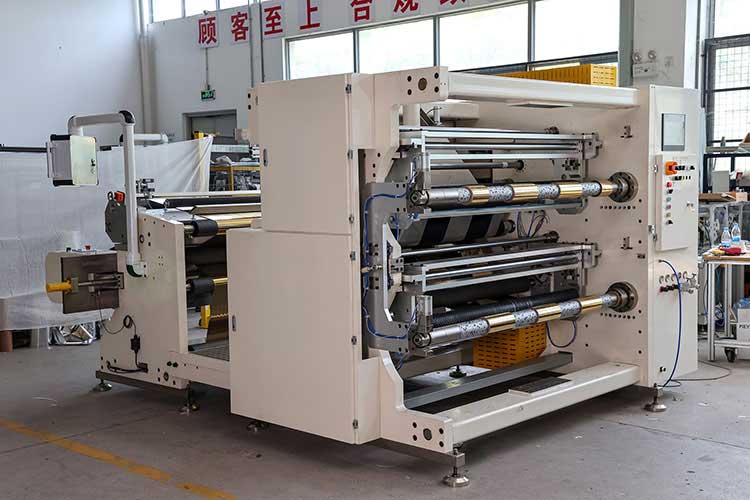
Fourth, the typical work process
1. Unwinding: The large coil material is fixed by the inflatable shaft, and the magnetic powder brake controls the unwinding tension.
2. Traction: Multiple groups of rubber rollers pull the material to maintain a uniform feed.
3. Slitting: The round knife or razor is slitted according to the preset width, and the waste edge is collected by the vacuum cleaning device.
4. Rewinding: The narrow strip material after slitting is wound by the winding shaft through EPC correction, and the pressing roller ensures the compactness.
5. Unloading: After reaching the set length, the machine will automatically stop, and the pneumatic thimble will be unloaded.
Fifth, the key factor to improve accuracy
• Mechanical rigidity: high-precision bearings, linear guides reduce vibration.
• Dynamic response: the servo system has the ability to adjust in milliseconds.
• Material Characteristics Adaptation: Adjust the knife shape and tension parameters for different materials (such as PET film vs copper foil).
Through mechatronics design and intelligent algorithms, modern slitting and rewinding machines can achieve ± 0.05mm slitting accuracy and more than 99% yield rate, meeting the needs of high-end industries such as new energy and electronic packaging.



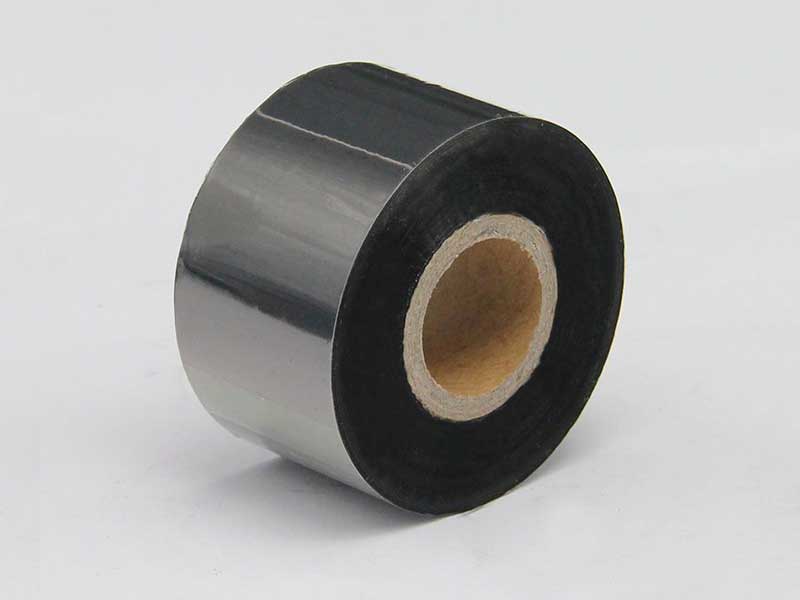
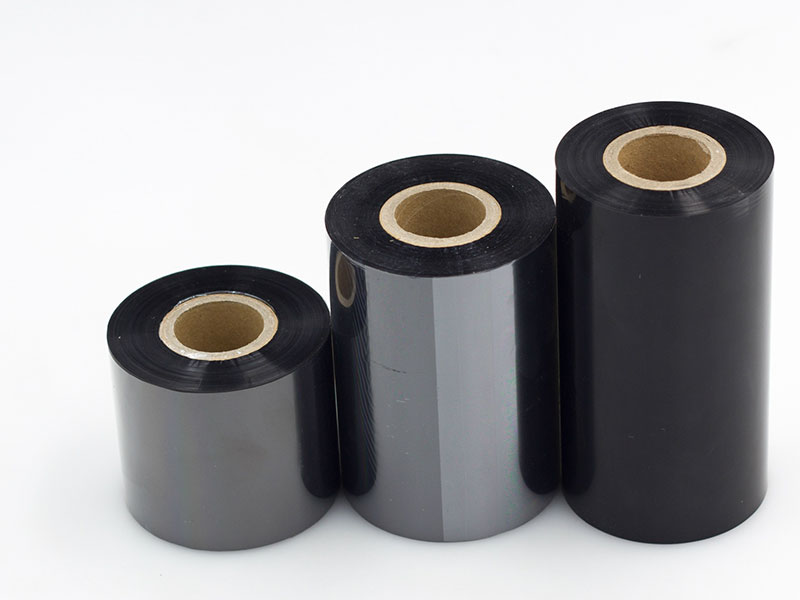
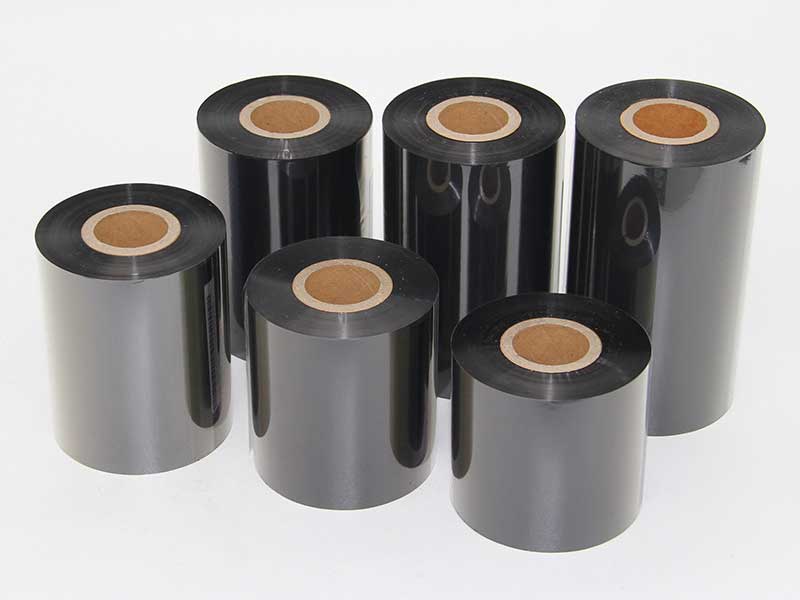
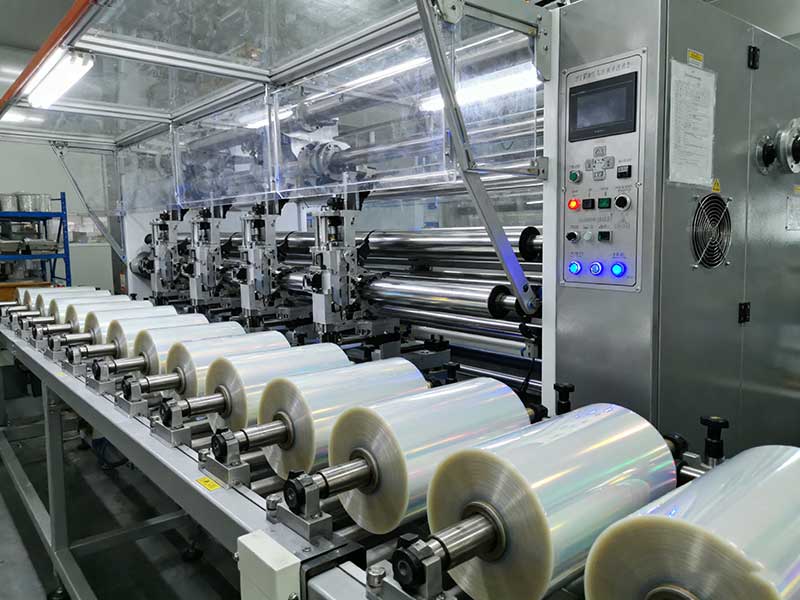
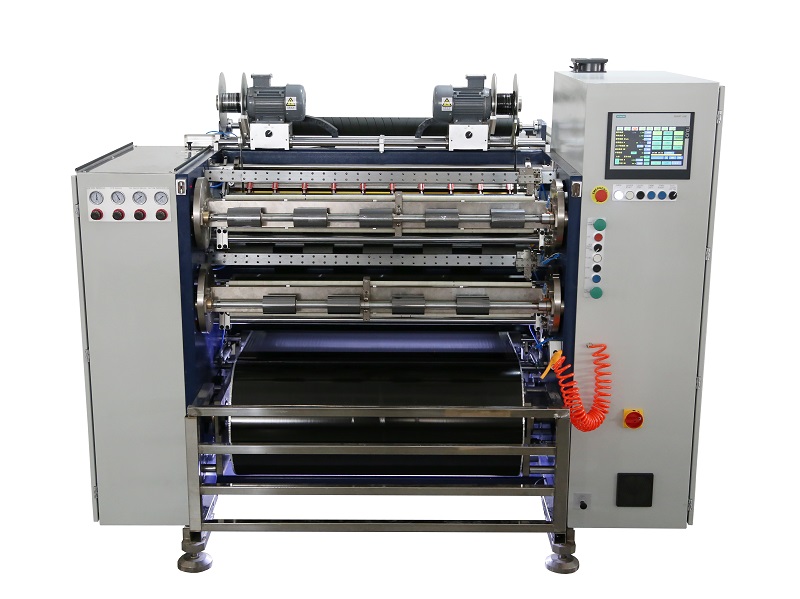 Fully Automatic TTR Slitter RSDS8 Plus
Fully Automatic TTR Slitter RSDS8 Plus Hot Stamping Foil Slitter 1600mm
Hot Stamping Foil Slitter 1600mm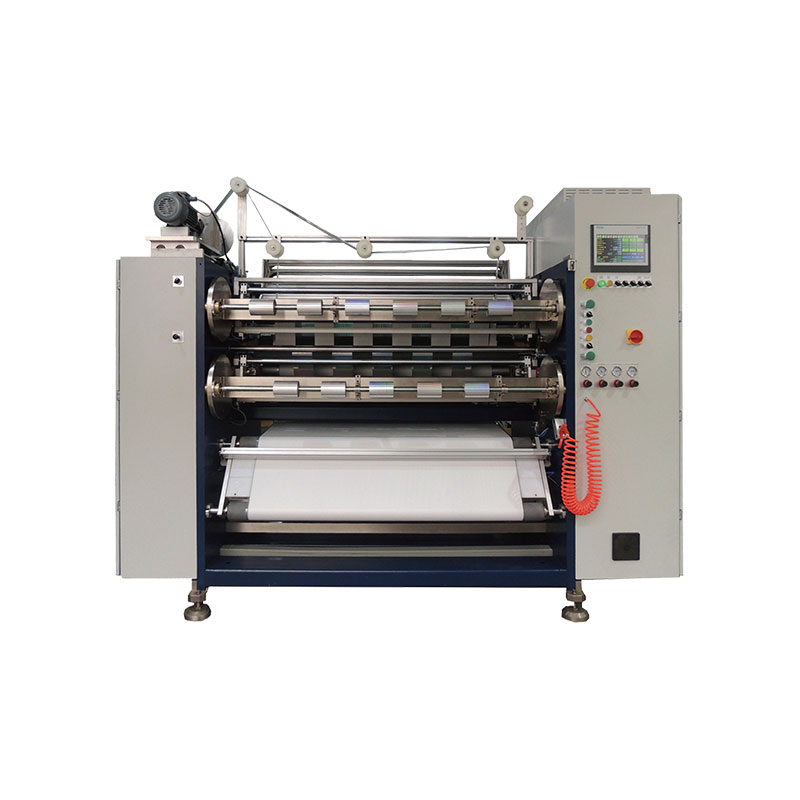 Hot Stamping Foil Slitter (4 Shafts)
Hot Stamping Foil Slitter (4 Shafts)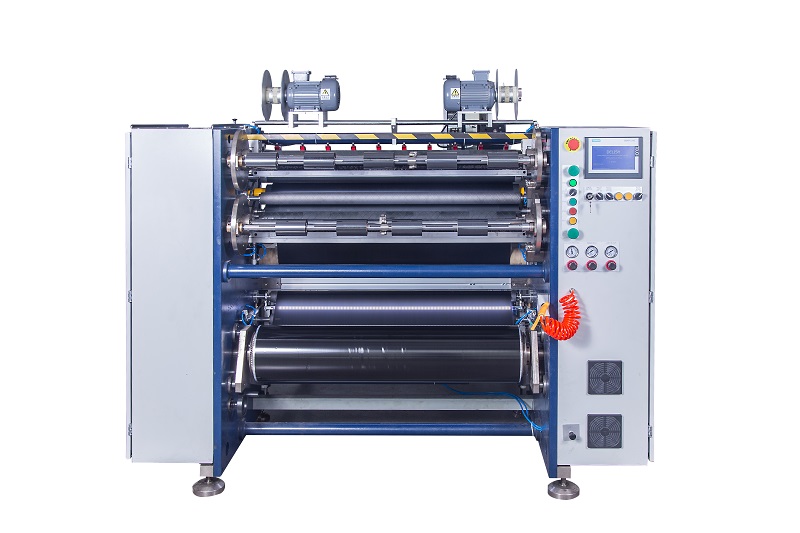 Semi-Auto TTR Slitter RSDS2 Plus
Semi-Auto TTR Slitter RSDS2 Plus Semi Automatic TTR Slitter RSDS5 Plus
Semi Automatic TTR Slitter RSDS5 Plus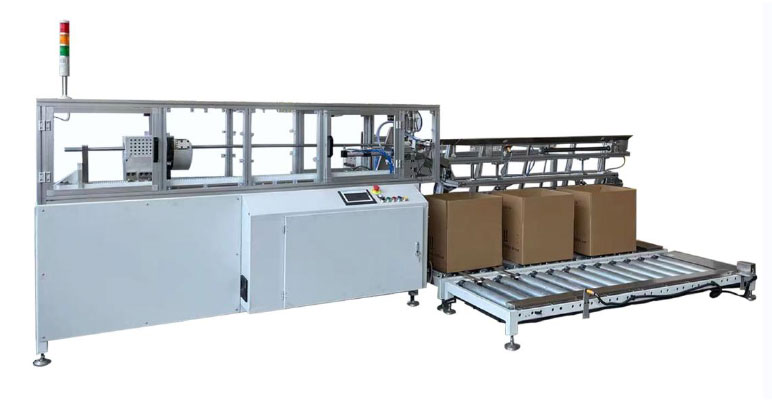 Auto Paper Core Cutter
Auto Paper Core Cutter Manual TTR Slitter RSDS2
Manual TTR Slitter RSDS2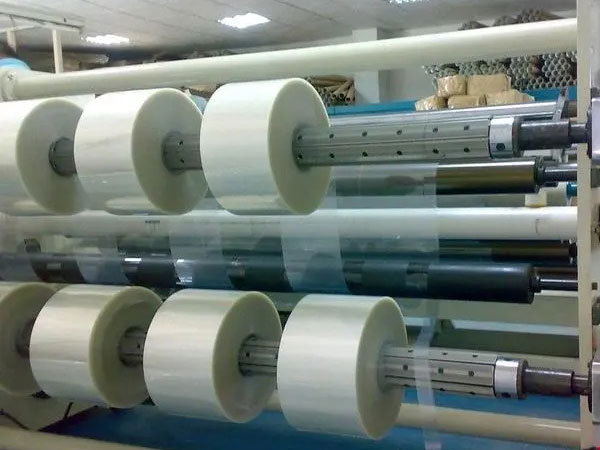 Film Slitting Machine
Film Slitting Machine





